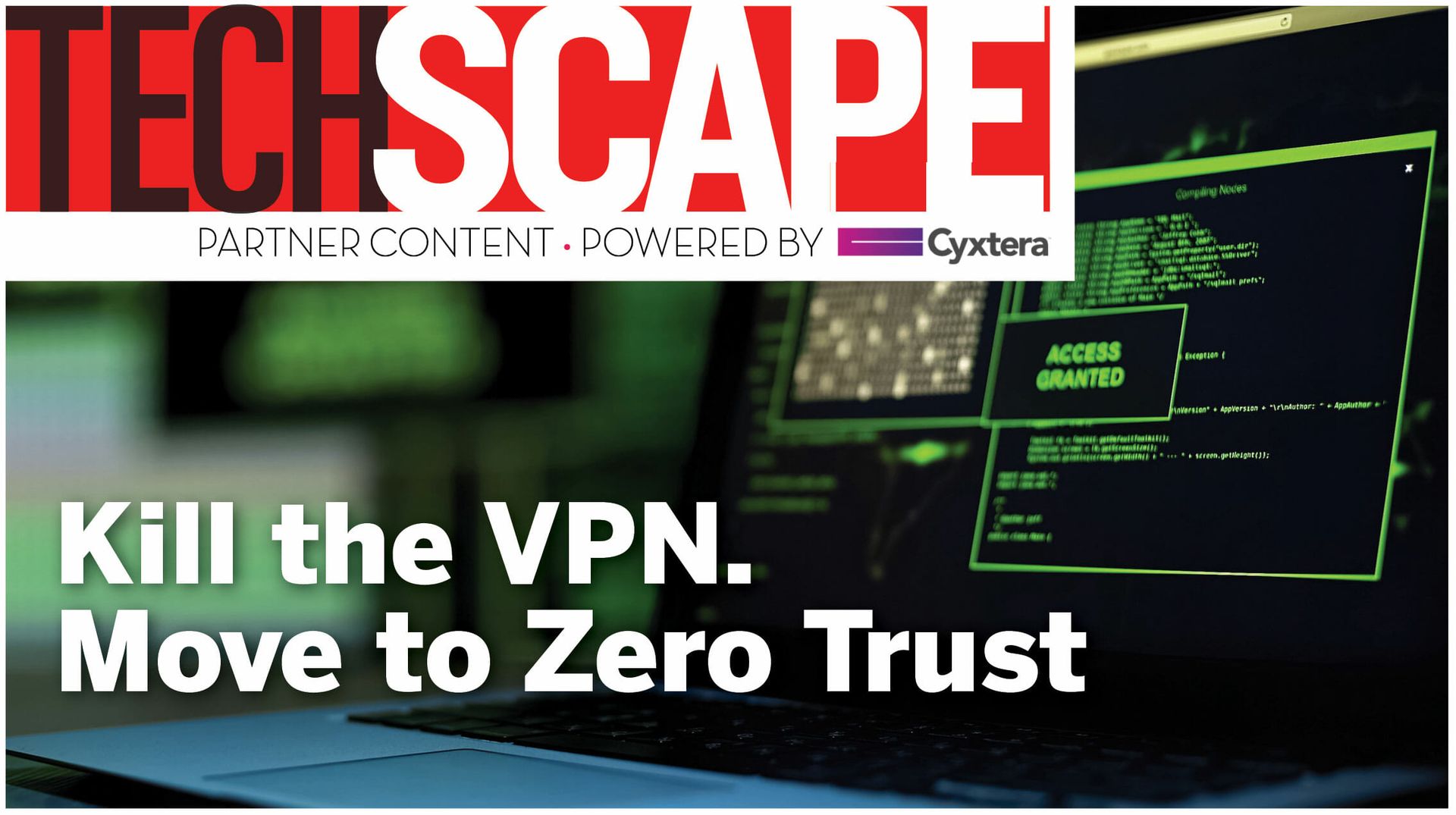

We’re a modern workforce, working anywhere and everywhere. The days of a fixed and easily identifiable perimeter are long gone, meaning depending on traditional VPNs is no longer an effective or secure means for remote access. In fact, it’s dangerous.
Today’s network landscape is complex and elusive with distributed applications, people, and data. Our expanding cloud and mobile ecosystems have made the static perimeter porous and irrelevant. In the meantime, our networks are infested with unsanctioned and insecure devices while cyber threats are coming from both inside and outside of the network.
With so much technological advancement in how we operate, why are we still using antiquated VPNs that were never designed for today’s reality?
VPNs Cannot Support Zero Trust Security
VPNs have numerous flaws; here are four that stand out:
- VPNs authenticate to everything because they trust blindly. Once a user’s device is authenticated, he or she can typically gain complete access to an entire network – including unauthorized assets.
- VPNs are too simple and unable to keep up in complex environments. Rules based on IP address are either set to be too broad, allowing for wide-open access, or overly restrictive to the point of inhibiting work.
- VPNs provide static, perimeter-based security. This is ineffective when access is coming from anywhere and assets are living everywhere.
- VPNs are a siloed solution only intended for remote access by remote users. They do not help organizations secure users or networks on-premises.
It’s Time for a Zero Trust Alternative
Forrester first termed Zero Trust as the need to trust only when the identity of a user has been extensively verified. Supporting this principle is the Software-Defined Perimeter (SDP), which is a network security platform that provides a better approach to secure access for mobile, distributed, and hybrid organizations.
The Software-Defined Perimeter has four main standout benefits:
- SDP is user-centric, designed to authenticate the user. It ensures we know as much as possible about the user’s context, location, permissions, and device security posture BEFORE allowing them to make a connection to the network.
- SDP provides granular controls, creating a secure one-to-one network segment to authorized assets; everything unauthorized to the user remains invisible and inaccessible.
- SDP is adaptive, reacting to real-time changes in user context and adjusting access permissions dynamically.
- SDP is extensible and scalable because it is built like the cloud, for the cloud. It integrates with operational systems and automatically applies security policies to new deployments in the cloud and on-premises.
It’s time to kill the VPN and replace it with a better approach to secure access.
Cyxtera’s leading Software-Defined Perimeter solution, AppGate SDP, reduces your attack surface, unifies secure access across all deployments, and removes unnecessary operational complexity. If you would like to learn more about the Software-Defined Perimeter, download the Definitive Guide to SDP.
Jason Garbis – VP of Products, Cyxtera



